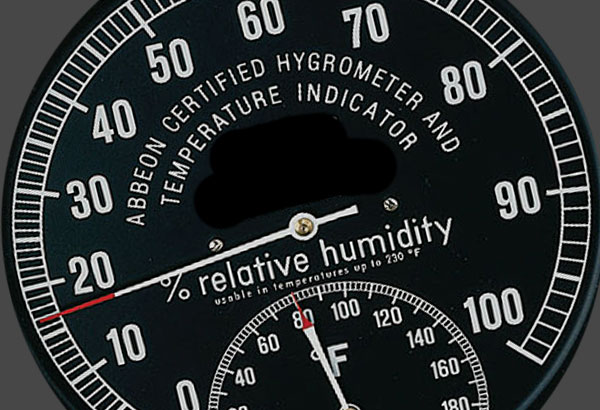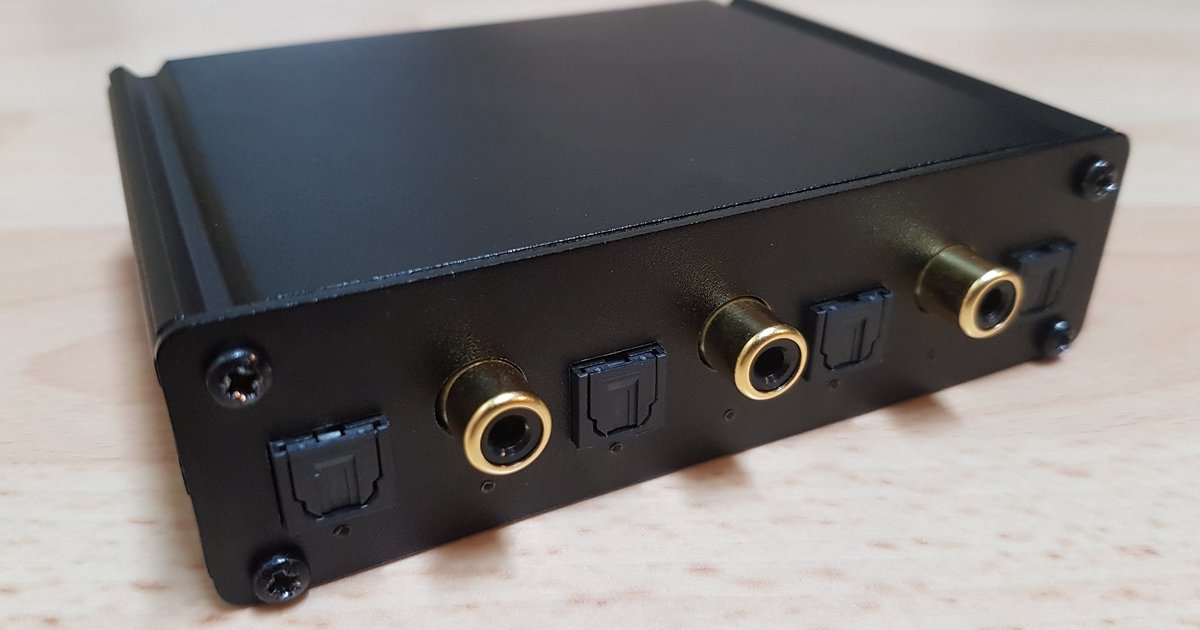This is exactly the right question.
All near field monitors provide a lower sound power directivity index over the important frequencies from 300Hz to 4kHz.
Genelec provides with the direct sound table an estimate how good the monitors works at a different distances.
https://www.genelec.com/correct-monitors
The important side condition is the room size and treatment and the positions of the speakers and listener which also has to be taken into account, but ultimately doesn't transform a near field monitor in a far field monitor. This is due to the limited amount of realistic room treatment and size differences.
The 8361 is a unique monitor which for it's size has a wide spread in the higher frequencies and a more narrow spread in the bass. Given the coaxial design it can work in the nearfield but also in the midfield.
Since the frequency dependant reverberation time as described earlier is important and most people claim that a constant value over all frequencies is the optimum, you can optimize the room acoustics accordingly.
There are recommendations for this RT60 from the EBU which also work at home.
Listening conditions relevant for the critical assessment and selection of programme material and to sound control rooms used for the critical assessment of sound quality as a part of the broadcast production process are specified in this document.|

tech.ebu.ch
If the reflections are later and diffuse a slightly higher constant RT60 value has also some advantages.
Good set-ups which follow these rules sound significantly better than RT60 miss matches.


